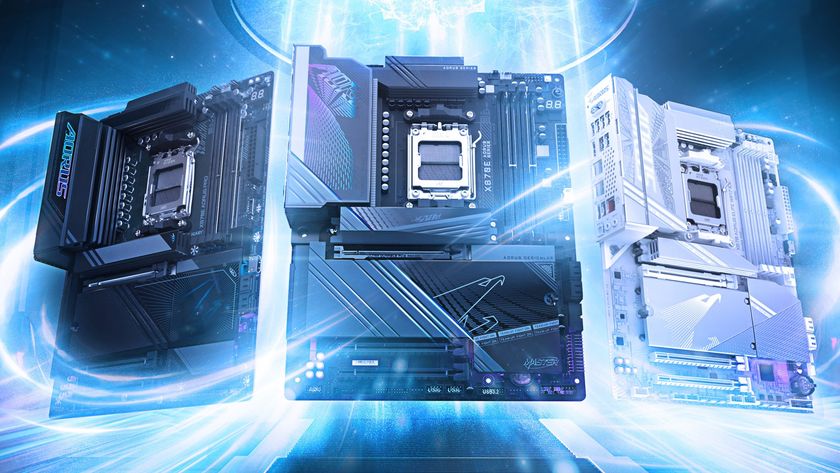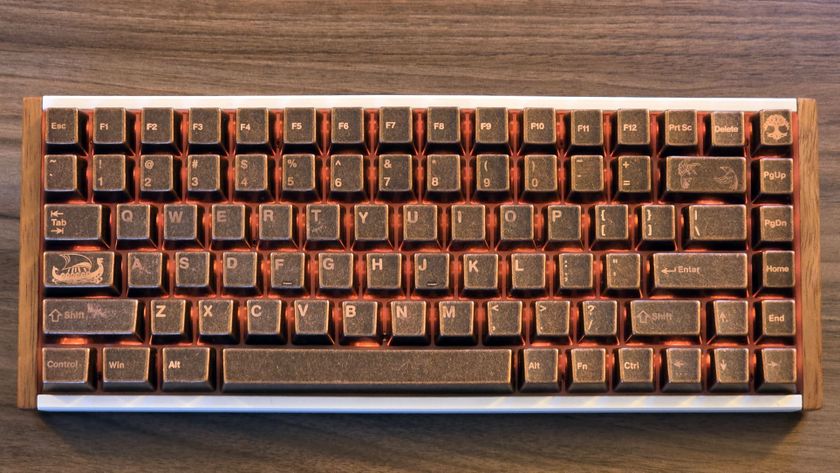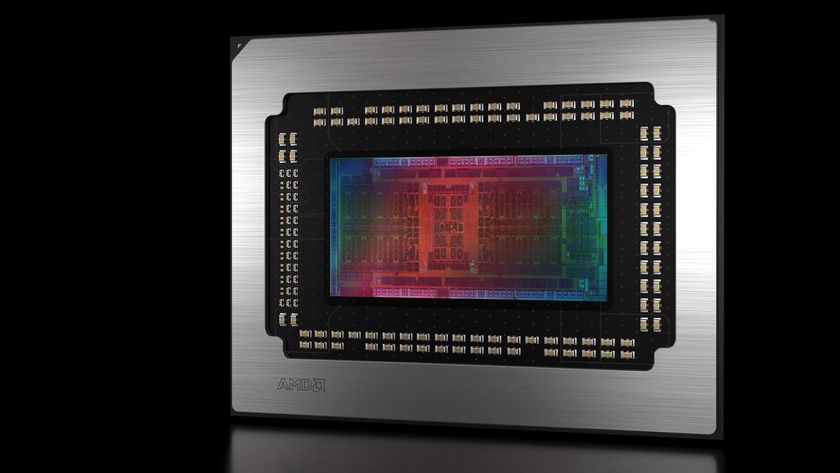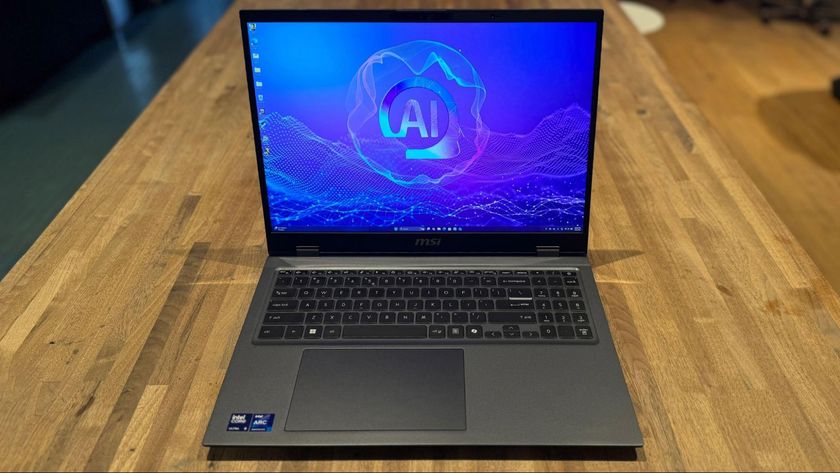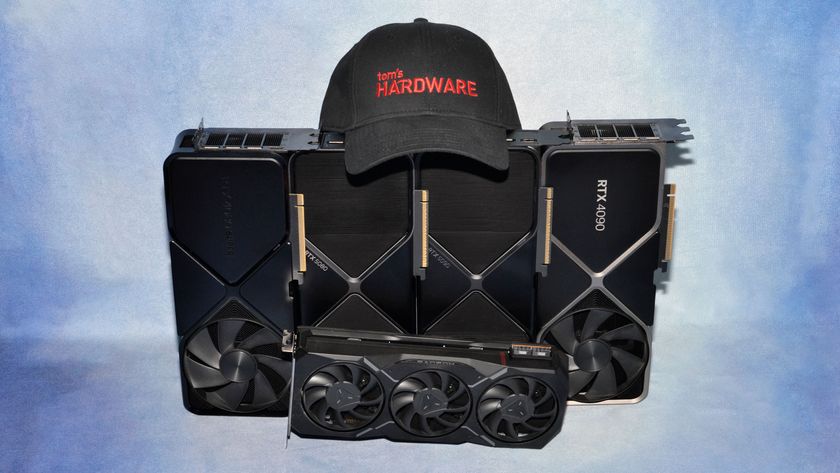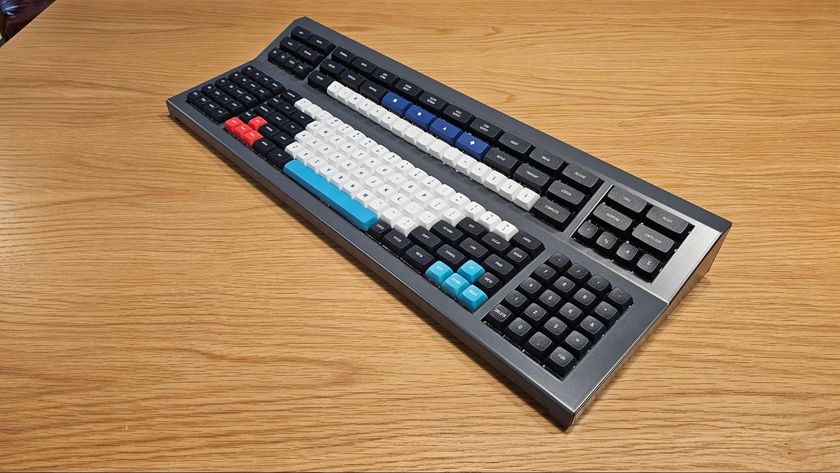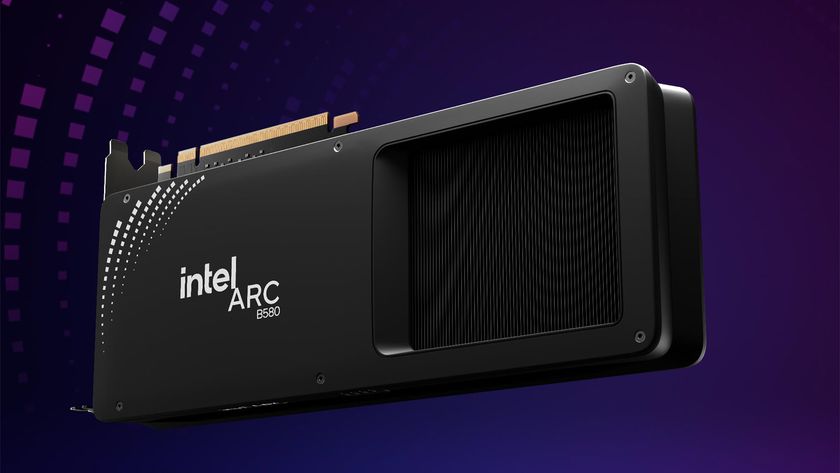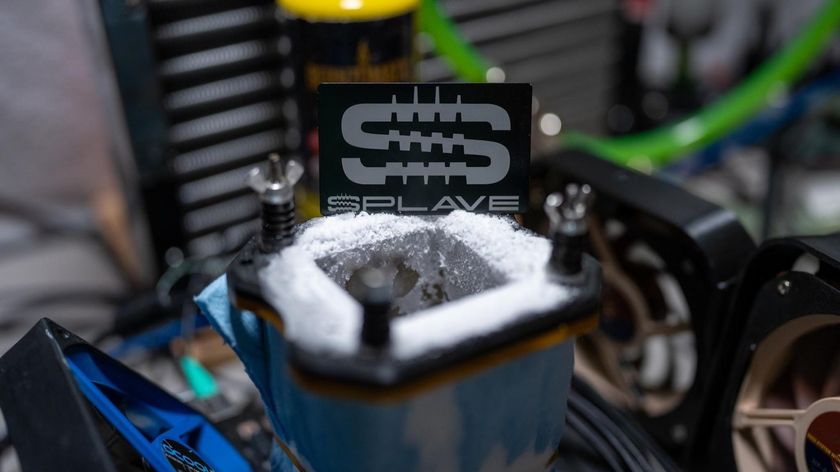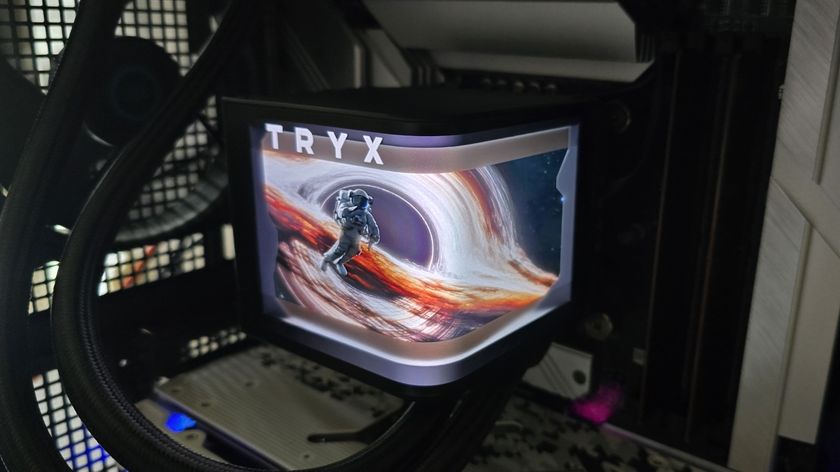Seven AMD 785G-Based Motherboards Rounded Up
Overclocking
Let's have a look at the different BIOS controls on each board:
| BIOS Frequency and Voltage Settings (for overclocking) | ||||
|---|---|---|---|---|
| Row 0 - Cell 0 | ASRock M3A785GXH/128M | ASUSM4A785TD-V EVO | BiostarTA785GE 128M | FoxconnCinema Premium |
| CPU Ref Clock | 150-500 MHz (1 MHz) | 200-550 (1 MHz) | 200-600 (1 MHz) | 190-600 (1 MHz) |
| CPU Multiplier | Yes | Yes | No | Yes |
| mGPU Clock | 350-2000 MHz (1 MHz) | 150-2000 MHz (1 MHz) | 150-1200 MHz (1 MHz) | 150-2020 MHz (1 MHz) |
| SidePort Mem Clock | 533-1700 MHz (steps) | 667-1000 MHz (steps) | 333-533 MHz (steps) | N/A |
| DRAM Data Rates | 800/1066/1333/1600 | 800/1066/1333/1600 | 400/533/667/800/1066 | 400/533/667/800/1066 |
| PCIe Clock | 75-250 MHz (1 MHz) | 100-150 MHz (1 MHz) | None | 90-250 MHz (1 MHz) |
| CPU Vcore | 0.60-1.4875V (0.125V) | 1.00-1.7V (0.00625V) | 0.05-1.45V (0.05V) | +250-775mV (25mV) |
| 785G Core | 0.6-1.4875V (0.0125V) | 1.10-1.61V (0.015V) | 0.05-1.45V (0.05V) | +300-360mV (30mV) |
| SB710 Core | None | None | 1.2-1.5V (0.1V) | +300-360mV (30mV) |
| mGPU Voltage | Row 10 - Cell 1 | None | None | See 785G Core |
| SidePort Voltage | 1.5-1.8V (0.1V) | 1.5-1.7V (0.1V) | 1.8-2.1V (0.1V) | N/A |
| DRAM Voltage | 1.48-2.4V (~0.05V) | 1.5-2.31V (0.015V) | 1.95-2.65V (0.1V) | +500-600mV (50mV) |
| Command Rate | 1T-2T | None | 1T-2T | 1T-2T |
| CAS Latency | 4-12 Cycles | 4-12 Cycles | 3-7 Cycles | 3-7 Cycles |
| tRCD | 5-12 Cycles | 5-12 Cycles | 3-6 Cycles | 5-12 Cycles |
| tRP | 5-12 Cycles | 5-12 Cycles | 3-6 Cycles | 5-12 Cycles |
| tRAS | 15-22 Cycles | 15-30 Cycles | 15-30 Cycles | 15-30 Cycles |
| BIOS Frequency and Voltage Settings (for overclocking) | |||
|---|---|---|---|
| Row 0 - Cell 0 | GigabyteGA-MA785GT-UD3H | ECSA785GM-M | MSI785GM-E65 |
| CPU Ref Clock | 200-500 MHz (1 MHz) | 190-400 MHz (1 MHz) | 190-400 MHz (1 MHz) |
| CPU Multiplier | Yes | Yes | Yes |
| mGPU Clock | 200-2000 MHz (1 MHz) | 150-1200 MHz (1 MHz) | 200-999 MHz (1 MHz) |
| SidePort Mem Clock | N/A | N/A | 1066/1333/1600/1700 |
| DRAM Data Rates | 800/1066/1333/1600 | 800/1066/1333/1600 | 800/1066/1333/1600 |
| PCIe Clock | 100-200 MHz (1 MHz) | None | 100-150 MHz (1 MHz) |
| CPU Vcore | +/-0.025-0.6V (0.025V) | 0.8-1.550V (0.025V) | 0.988-1.976V (0.001V) |
| 785G Core | +0.1-0.3V (0.1V) | +0.005-0.315V (0.005V) | 1.108-1.337V (~0.023V) |
| SB710 Core | +/-0.025-0.6V (0.025V) | 1.2-1.35V (.05V) | 1.228-1.472V (~0.023V) |
| mGPU Voltage | None | None | None |
| SidePort Voltage | N/A | N/A | None |
| DRAM Voltage | +0.05-0.75V (0.05V) | +0.001-0.063V (steps) | 1.55-2.42V (~0.1V) |
| Command Rate | 1T-2T | None | 1T-2T |
| CAS Latency | 4-12 Cycles | 4-12 Cycles | 4-12 Cycles |
| tRCD | 5-12 Cycles | 5-12 Cycles | 5-12 Cycles |
| tRP | 5-12 Cycles | 5-12 Cycles | 5-12 Cycles |
| tRAS | 15-30 Cycles | 15-30 Cycles | Auto |
Let's see how well these boards overclocked the integrated 785G graphics core compared to one another:
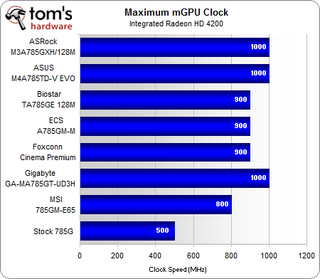
We checked the mGPU overclock at 100 MHz steps in order to get a general idea of how well these boards might perform. It seems even the least cooperative sample made it to 800 MHz, for a 60% overclock. The best result was 1,000 MHz, which represents a 100% overclock. If only discrete cards would show us these kind of gains. Let's see how this translates to actual performance:
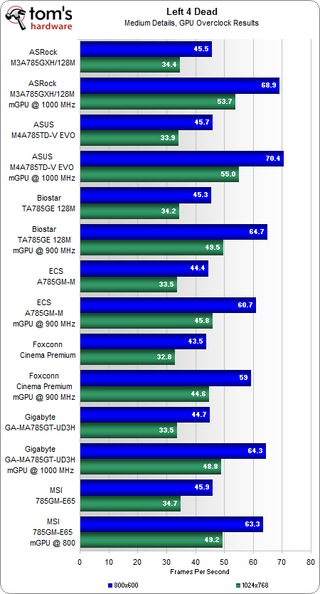
The highest results come from the highest overclocks, except for the Gigabyte board, which made it to 1,000 MHz but lacks the SidePort memory to really take advantage of this boost. Note that the MSI board surpassed the Foxconn and ECS platforms even though they sported higher overclocks (attributable, perhaps, to highly overclocked SidePort memory). With every board, the overclock enables a massive boost at 1024x768, going from the verge of playable to quite comfortable.
Stay On the Cutting Edge: Get the Tom's Hardware Newsletter
Get Tom's Hardware's best news and in-depth reviews, straight to your inbox.

Xbox announces 'Copilot for Gaming' AI assistant — early access coming to Xbox mobile app, more details to come at GDC 2025

Nvidia teams up with Microsoft to put neural shading into DirectX, giving devs access to AI tensor cores
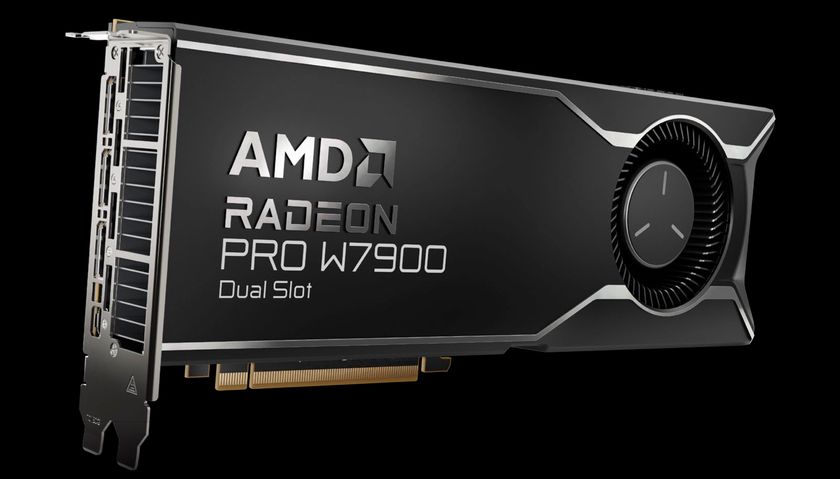
AMD RDNA 3 professional GPUs with 48GB can beat Nvidia 24GB cards in AI — putting the 'Large' in LLM
-
JohnnyLucky Very informative article. Nice to see there are motherboards with different features for different users/tasks.Reply -
bpdski Great article, I think this shows pretty conclusively that there is no benefit to upgrading to an AM3 based system. If you already have an AM2+ system, you can easily just drop in a new CPU and you system will be every bit as good as a brand new system with DDR3. You just need to make sure your motherboard supports the power requirements of whatever you want to drop in.Reply -
jonpaul37 Hooray AMD for having cheap solutions in these hard-economic times!Reply
Boo @ Intel! i like the product, but my wallet & Girl do not like the cost! -
jonpaul37Hooray AMD for having cheap solutions in these hard-economic times!Boo @ Intel! i like the product, but my wallet & Girl do not like the cost!+1Reply
Girl has more money for clothes! -
ominous prime Well bpdski there is no point upgrading if you're AM2, but if you're building a new PC AM3 is the way to go in terms of your computers longevity. Very informative article.Reply -
sonofliberty08 thanks alot for the info , my first choice was allways asus , but now i now what i need when im going to unlock core , and now i saw the benefits of sideport memory .Reply -
duzcizgi ReplyWe were successful in achieving a 900 MHz stable overclock with the integrated graphics chipset by setting the BIOS to increase northbridge voltage by +.210mV.
Well, .210 mV = 210 microvolt. I don't think it would make much of a change. Maybe it is 210 mV or, .210 V. :) -
doron "Now we're seeing another benefit for the AM2+/DDR2 boards: both the Foxconn Cinema Premium and Biostar TA785GE 128M are drawing less power than their AM3/DDR3 counterparts."Reply
How comes? Didn't we all agree a long time ago that ddr3 supposed to be more energy efficient out of the two? (Lower voltage and stuff?) -
DarkMantle Great article, this will help a lot of people to make their AMD budget motherboard choice easier, thank you Don.Reply
